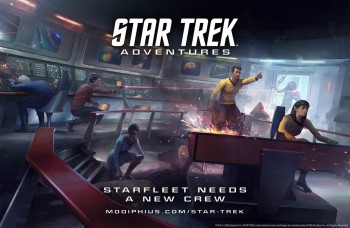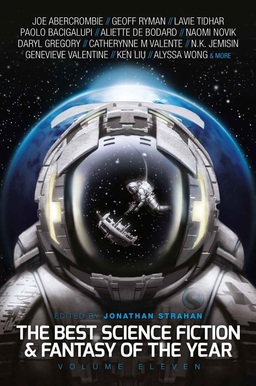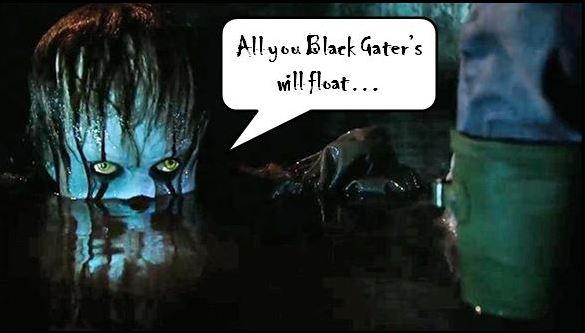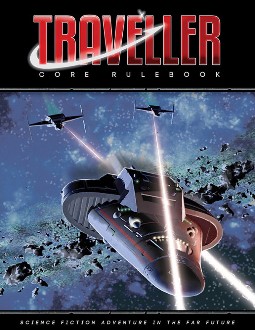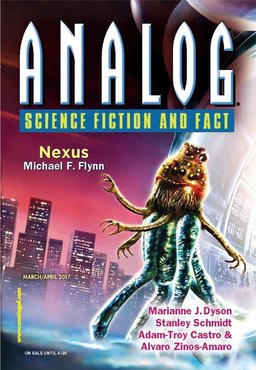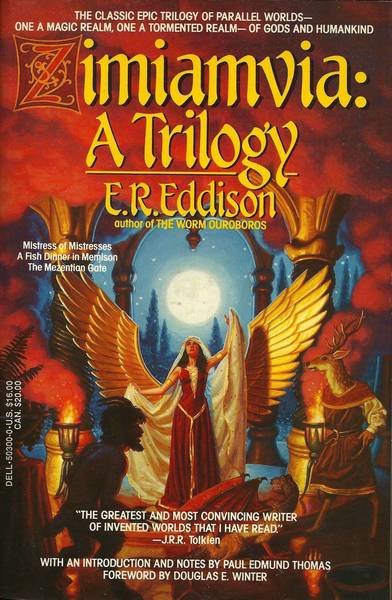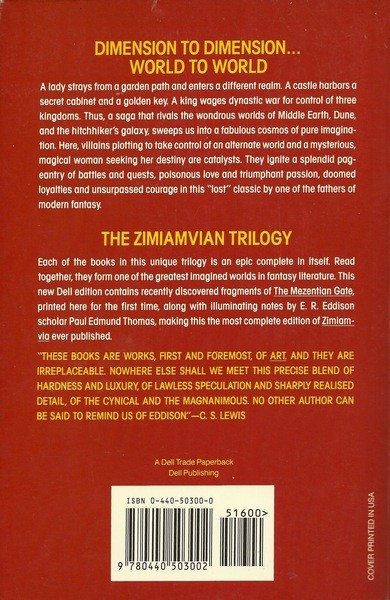An Adventuring Band of Cats in Old Delhi: Nilanjana Roy’s Wildings Novels
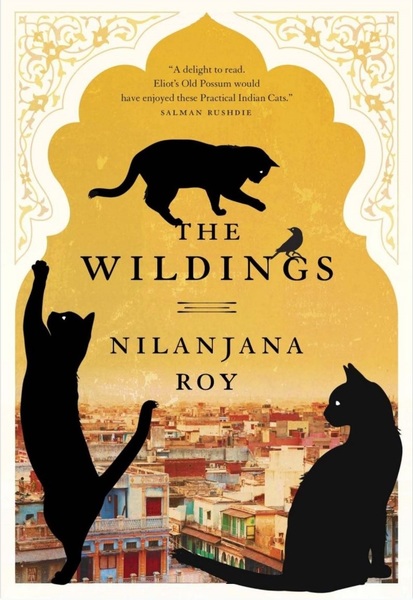 |
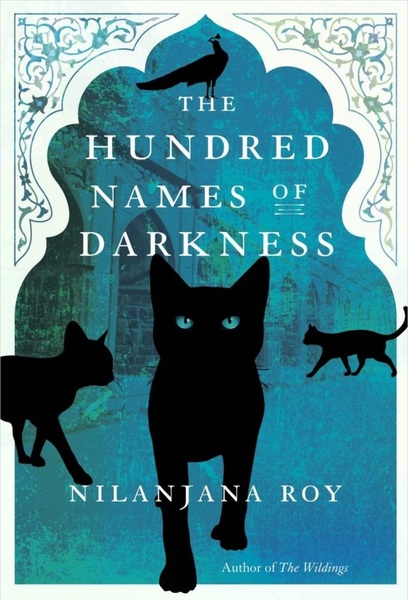 |
Nilanjana Roy’s Wildings novels have become international bestsellers. Not bad for a pair of books about a tribe of feral cats in an old neighborhood in Delhi, India, who communicate by whisker mind-link and battle a series of sinister threats. The Sunday Guardian called The Hundred Names of Darkness “An astounding achievement — that rare book which marries high art with what is already becoming a feverish, cult-like following… Roy has crafted a world that is as believable and every bit as lovingly rendered as Gaiman’s Sandman.” There are only two books in the series:
The Wildings (323 pages, $18.95 in trade paperback/$9.99 in digital formats, January 12, 2016)
The Hundred Names of Darkness (401 pages, $18.95 in trade paperback/$14.99 in digital formats, July 12, 2016)
Both are published by Random House Canada, with covers designed by Kelly Hill.
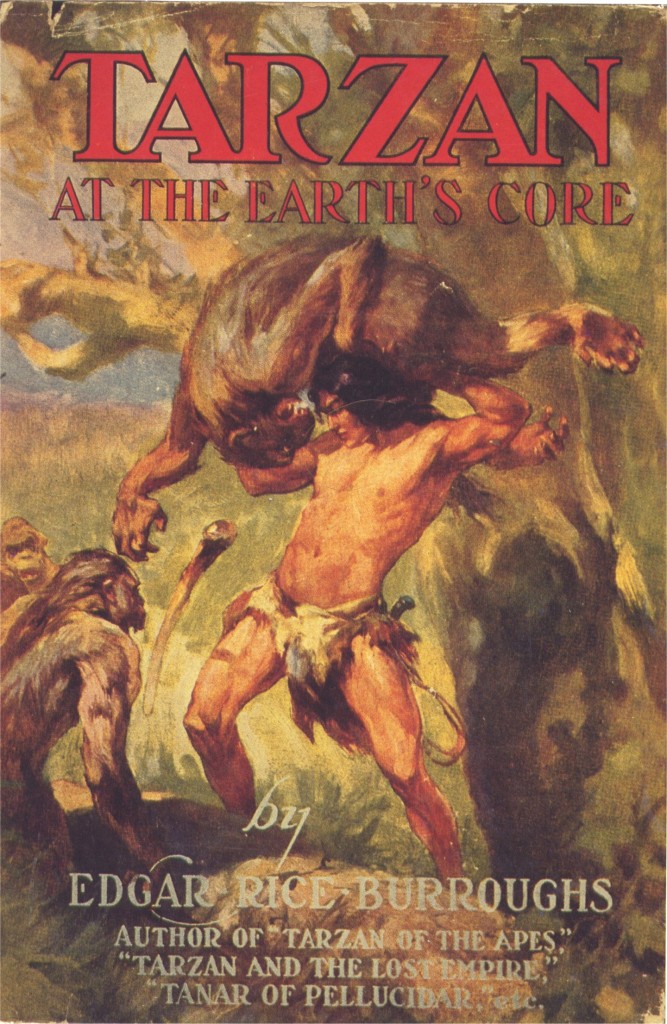
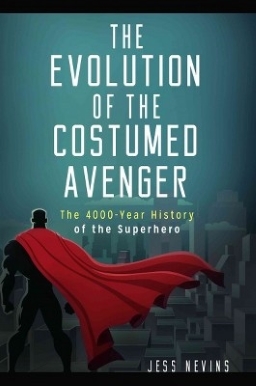 Though he’s written short stories and three self-published novels, Jess Nevins is likely best known as an excavator of fantastic fictions past: an archaeologist digging through the strata of the prose of bygone years, unearthing now pieces of story and now blackened ashes of some once-thriving genre long since consumed and built over by its lineal successor. Across annotated guides (three to Alan Moore and Kevin O’Neill’s League of Extraordinary Gentlemen, one to Bill Willingham and Mark Buckingham’s Fables) and self-published encyclopedias (of Pulps and of Golden Age Superheroes with Pulp Heroes soon to come, as well as 2005’s Monkeybrain-published Encyclopedia of Fantastic Victoriana) Nevins has reassembled old pieces of fantastika, indicating direct influences on modern writing and establishing directories of almost-forgotten story. He’s one of the people broadening the history of genre, in his books, and in articles such as
Though he’s written short stories and three self-published novels, Jess Nevins is likely best known as an excavator of fantastic fictions past: an archaeologist digging through the strata of the prose of bygone years, unearthing now pieces of story and now blackened ashes of some once-thriving genre long since consumed and built over by its lineal successor. Across annotated guides (three to Alan Moore and Kevin O’Neill’s League of Extraordinary Gentlemen, one to Bill Willingham and Mark Buckingham’s Fables) and self-published encyclopedias (of Pulps and of Golden Age Superheroes with Pulp Heroes soon to come, as well as 2005’s Monkeybrain-published Encyclopedia of Fantastic Victoriana) Nevins has reassembled old pieces of fantastika, indicating direct influences on modern writing and establishing directories of almost-forgotten story. He’s one of the people broadening the history of genre, in his books, and in articles such as 